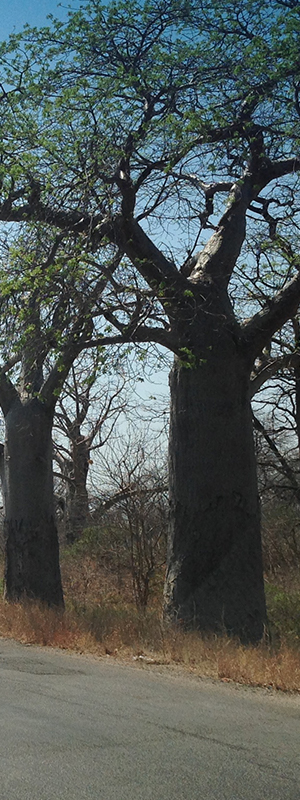Menu

Attending a show like Oliver Mtkudzi’s was an immersive experience of his renowned live musical presentation. Fans would always make sure to get tickets whenever Mtukudzi was coming to town.Accompanying guitar maestro Clive Mono Mukundu had an intimate insider’s perspective while playing in Tuku’s band.
Mukundu explained that it was expected as part of the stage performance for Tuku to spontaneously break into a solo dance or sometimes well choreographed dance moves while accompanied by dancer and singer Eric Picky Kasamba. The most popular choreographed dances were to the songs "Perekedza mwana" and "Wenge Mambo”. Mono went on to add that Tuku wanted to incorporate traditional dances from his Korekore tribe while the rest were original moves he made.
Historically dance played a pivotal role in the Zimbabwean culture. Zimbabwean dances are communal and largely performed in the rural areas, where about 75% of Zimbabwe’s population lives. Although the traditional purposes of the dances tend to change over time, their meaning and significance remains the same.
Back in the days a celebration without wasn’t a celebration without dance, men would dance and women would sing. If there was a celebration going you would hear the sound of the drums, mbira and amahlwayi from a distance complimenting each other very well.
Allen Mahwehwe a CC Footstep dancer based in Bulawayo says his favorite indigenous dance is Hosana. He said he thinks every Zimbabwean citizens should be familiar with it because it connects us to our forefathers. He went on to say it was one of the most important dances perfomed at the Njelele shrine when elders asked and pleaded for rain from the ancestors.
Rhythm is an important aspect of Zimbabwean traditional dances. Like most African dances, Zimbabwean dances employ polyrhythm, which is usually complemented by body articulation. The most common musical instruments used in the dances are mbira, hosho (rattle), ngoma (drum), magavhu (leg rattle) and the human voice.
Blessing Stoxie a Bulawayo based female dancer and perfomer says dance is life to her and it makes her feel good about herself. She says she is so proud of herself as she procured her first ever award for Outstanding female dancer in the P.R.A.C.A awards 2020. She says she is looking forward to working on diversifying her art to suit different audience and incorporate different form of art. Blessing Stoxie is also a Community messenger under Victory Siyanqoba trust led by the famous Bulawayo poet Desire Moyoxide. She has used her dance skills to send messages to the communities at Road shows and stage plays. She add on to say dance speaks a lot for those who cannot speak for themselves.
The mbira is perhaps the most widely used instrument in traditional Zimbabwean music just like the famous Zimbabwean artist Andy Muridzo and Jah prayzer uses it in their music . It is plucked with the fingers to produce the melody, and is often used during religious rituals by spirit mediums in order to communicate with ancestral spirits. Another important aspect of traditional dance is the clothing. Most of the costumes are made from natural materials such as grass and animal skin.
In the Zimbabwean culture there are about 12 prominent traditional dances,namely Shangara, Mbira dance, Dinhe, Mbakumba, Muchongoyo, Jerusarema, Mhande, Isitschikitsha, Amabhiza, Ingquza, Chinyobera and Ngungu. The Jerusarema dance and the Muchongoyo are widely regarded as the most important and distinctive dances of Zimbabwe till date.
